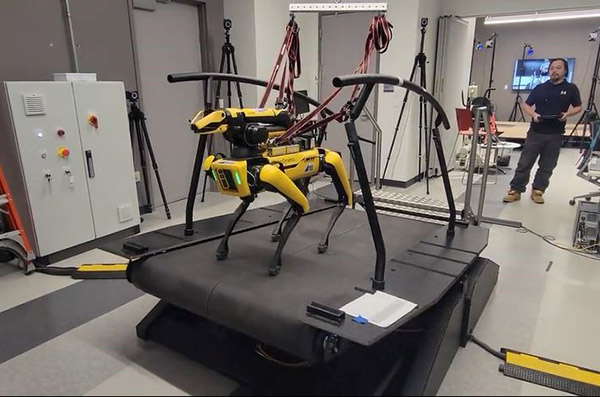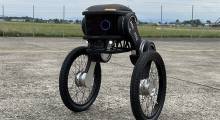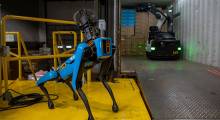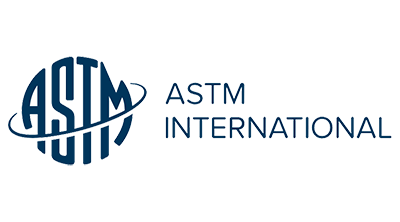With the recent wave of developments in quadruped and biped robots comes a need for standards. ASTM International’s F45 Committee on Robotics, Automation, and Autonomous Systems has approved the creation of a new subcommittee—F45.06 Legged Robot System. It will focus on developing standards for this type of robot regardless of its application be it industrial or service related.
The new subcommittee will be chaired by F45 member Bowen Weng, a technical specialist at the Transportation Research Center in East Liberty, Ohio, and a Ph.D. candidate at The Ohio State University.
ASTM defines scope of legged robot subcommittee
“The scope of the Subcommittee is the development of a set of standards and testing procedures to evaluate the performance of the class of mobile robots primarily relying on articulated limbs and legged mechanisms for locomotion, including but not limited to the quadruped robots, bipedal robots, and humanoids, that operate semi-autonomously or in full automated modes,” said ASTM International.
The new subcommittee is seeking experts in the field but is not limited to members who work directly on or use these types of robots. The goal is to have as many voices contributing to this work as possible, said the West Conshohocken, Pa.-based organization.
“Legged robotics show a lot of promise,” stated Aaron Prather, director of Robotics & Autonomous Systems Programs at ASTM. “For a world built for humans and our type of locomotion, legged robots have numerous use cases and applications available to them going forward.”
“However, with the lack of test standards that can show performance levels of any type, it is going to be a challenge to convince the public and potential regulatory agencies that these robots can operate around humans, especially in public settings,” he noted.
New types of robots, including both two-legged and four-legged, have been coming to market in what seems to be a daily occurrence, said Prather. He stressed the need for getting a standards framework out quickly to help build public confidence.
Standards necessary for public acceptance
ASTM is celebrating its 125th anniversary this year as a standards development organization (SDO), and with that comes a history of the public looking for compliance with an ASTM standard or another SDO like UL to install confidence in a product's safety and reliability, Prather said.
Many companies have internal requirements stating that only equipment meeting specific industry standards can be used within their facilities. For legged robots, Prather said the lack of standards for legged robots could eventually slow their deployments.
“By building out a family of test standards for legged robots, both manufacturers and users of these types of robots will be able to show to the public and others that their robot was tested to a known industry-accepted standard,” he added. “This will give the public more confidence when they see these robots at their workplaces or operating in the public sphere. These standards will only help accelerate deployments because they address the current unknown – public acceptance.”
The first step for the subcommittee will be to focus in on the first test work item it wants to develop into a test standard. Stability testing appears to be the biggest focus area raised by members so far.
If you are interested in joining this new subcommittee, please go to ASTM International's website to start the membership process: https://www.astm.org/get-involved/technical-committees/committee-f45
Article topics
Email Sign Up

















